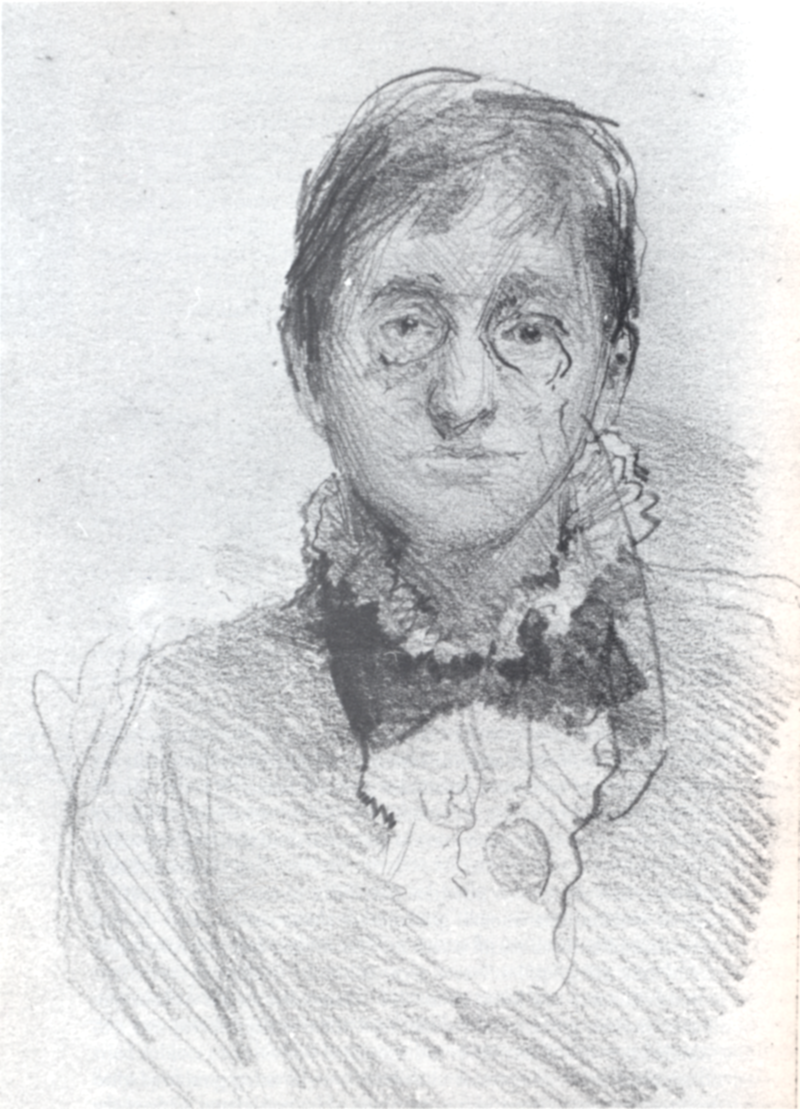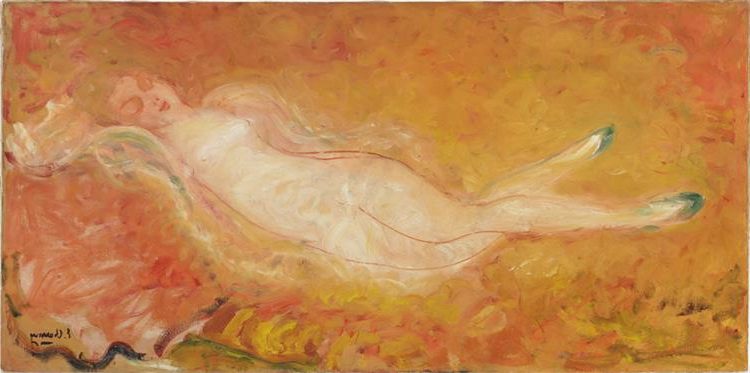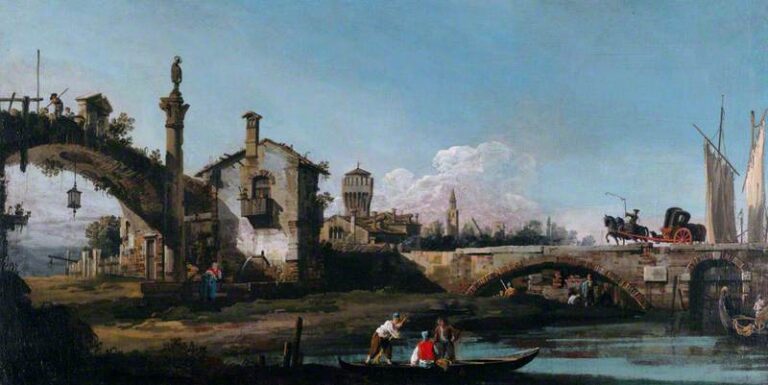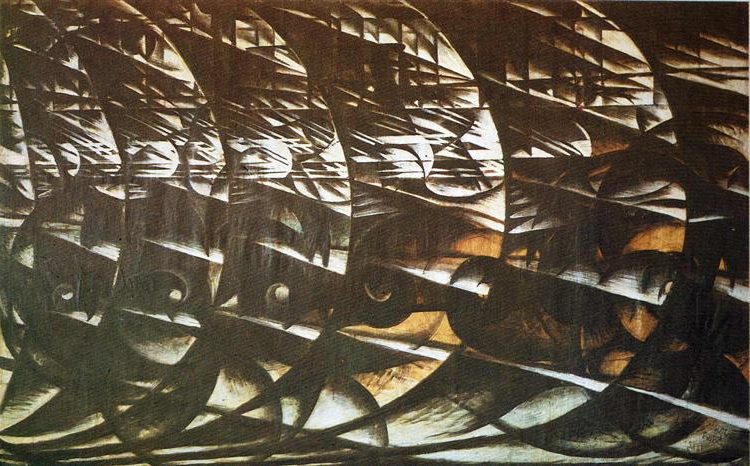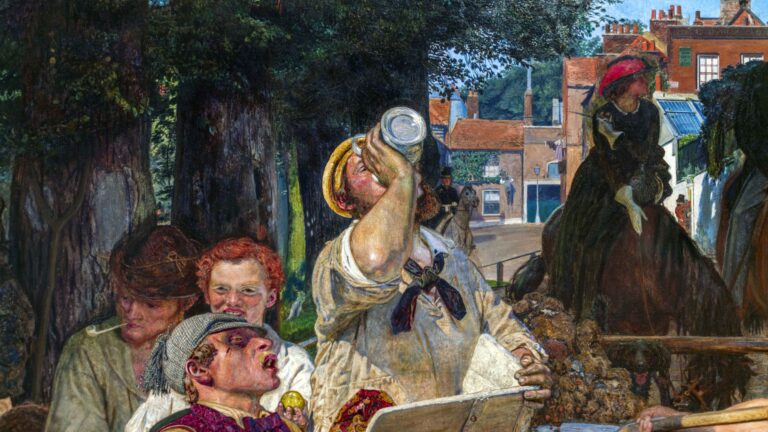Sarah Purser: Painter, Innovator, and Champion of Irish Art
Born: 22 March 1848, County Dublin, Ireland
Death: 7 August 1943, Dublin, Ireland
Art Movement: Naturalism, Arts and Crafts, Impressionism
Nationality: Irish
Institution: Metropolitan School of Art, Dublin and Académie Julian, Paris
Sarah Purser: Painter, Innovator, and Champion of Irish Art
Early Life and Education
Sarah Purser‘s early years shaped her path as an artist. She gained skills in Ireland and abroad that set the stage for her successful career.
Birth and Family Background
Sarah Henrietta Purser was born on 22 March 1848, County Dublin, Ireland. Her parents were Benjamin Purser and Anne Mallet. The Purser family was involved in milling and brewing businesses.

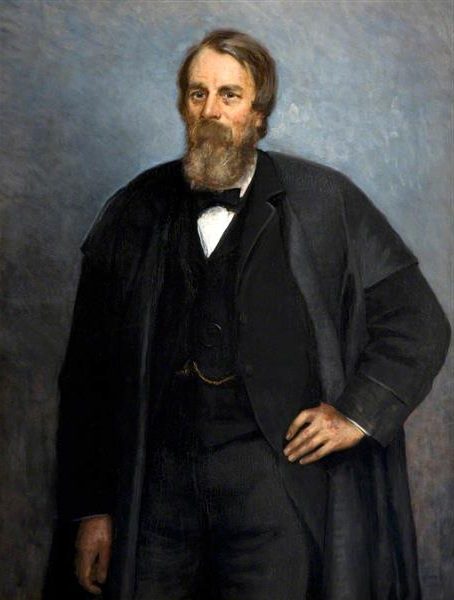
Sarah grew up in Dungarvan, County Waterford. This coastal setting may have influenced her later artistic interests.
Artistic Training in Dublin and Paris
Purser started her art education at the Metropolitan School of Art in Dublin around 1874. She studied there for about two years.
Later, she traveled to Paris to further her training. Purser attended the Académie Julian, a well-known art school in France. This move was important for her growth as an artist.
Her time in Paris exposed her to new styles and techniques. It helped shape her artistic vision.
Influences and Early Works
Purser’s education in Switzerland at a Moravian school gave her a strong foundation. She became fluent in French, which helped her later in Paris.
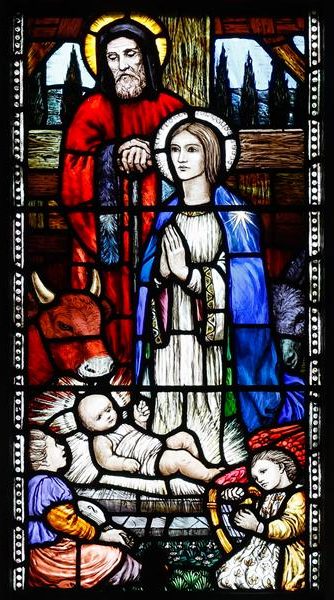
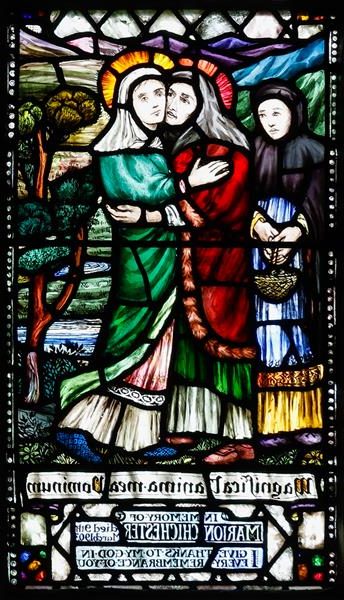
Her early works showed promise. They reflected the skills she gained in Dublin and Paris.
Purser was influenced by both Irish and French artistic traditions. This blend of styles set her apart from other artists of her time.
She began to focus on portraiture early in her career. This became a key part of her artistic identity.
Artistic Career
Sarah Purser built a remarkable artistic career spanning painting, stained glass, and arts advocacy. She became a renowned portraitist and played a key role in advancing Irish art in the late 19th and early 20th centuries.
Rise to Prominence as a Portraitist
Sarah Purser gained fame for her skillful portraits of Irish society figures. She painted many notable subjects, including Maud Gonne and John Butler Yeats. Her style blended realism with a keen insight into her sitters’ personalities.
Purser’s talent led to her election as the first female member of the Royal Hibernian Academy in 1924. This was a major achievement for a woman artist at the time.
Her most famous works include “Le Petit Déjeuner” and “Irish Idyll.” These paintings showcased her mastery of light and composition.
Contribution to Irish Art and Modern Art
Purser played a big role in promoting Irish art. She helped establish the Dublin Municipal Gallery of Modern Art, now the Hugh Lane Gallery. This gave Irish artists a place to show their work.
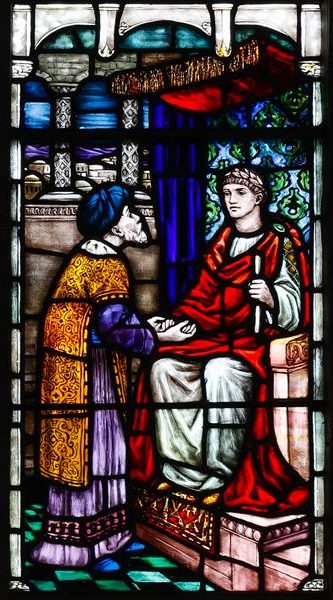
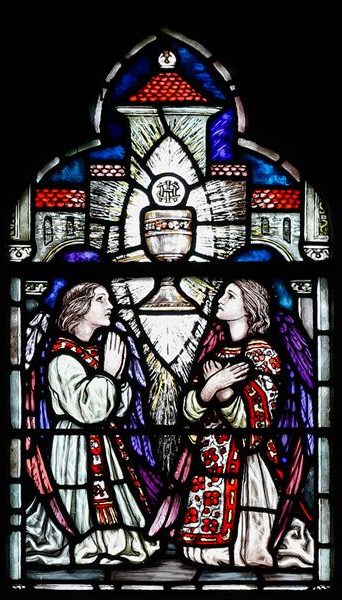
She also organized art exhibitions that introduced modern European art to Ireland. This exposed Irish artists to new styles and ideas.
Purser supported other artists by buying their work and finding them patrons. Her efforts helped create a thriving art scene in Dublin.
Establishment of An Túr Gloine
In 1903, Purser founded An Túr Gloine (The Tower of Glass), a cooperative stained glass studio. This venture combined her artistic skills with her business sense.
An Túr Gloine produced high-quality stained glass windows for churches and public buildings. The studio trained many talented artists and revived interest in stained glass as an art form in Ireland.
Purser’s leadership of An Túr Gloine showed her ability to nurture talent and promote Irish craftsmanship.
Legacy and Influence
Sarah Purser’s impact on Irish art was significant. She paved the way for women artists in Ireland by breaking barriers at the Royal Hibernian Academy.
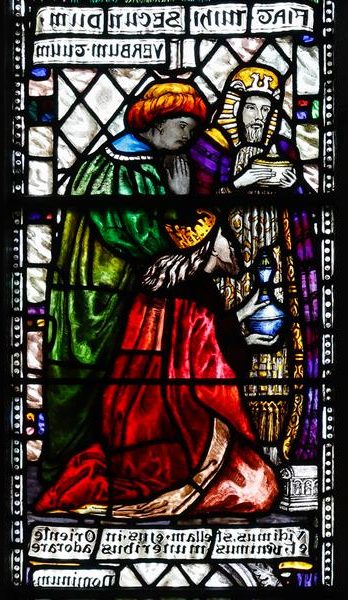
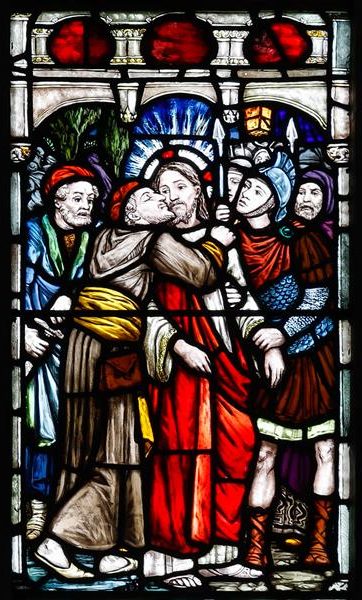
Her portraits can be seen in major collections like the National Gallery of Ireland. They provide a vivid record of Irish cultural figures from her era.
Purser’s work with An Túr Gloine left a lasting mark on Irish architecture and design. The studio’s windows still adorn buildings across Ireland and beyond.
Her role as an arts patron and organizer helped shape the development of modern Irish art. She created opportunities for artists to work and exhibit in Ireland.
Cultural and Social Contributions
Sarah Purser made a big impact on Irish art and culture. She helped other artists, gave money to important projects, and made friends with many famous people.
Patronage and Encouragement of the Arts
Sarah Purser started the Friends of the National Collections of Ireland in 1924. This group bought art for Irish museums. She also helped create the Hugh Lane Municipal Gallery in Dublin. Purser ran a studio called An Túr Gloine that made stained glass. She hired many Irish artists to work there.


Purser held weekly tea parties at her home on Mespil House. Artists, writers, and important people came to these gatherings. She used these events to connect artists with rich patrons who could buy their work.
Philanthropic Endeavors
Purser gave money to many art projects in Ireland. She helped pay for the Hugh Lane Gallery building. This museum showed modern art in Dublin. Purser also donated money to restore old Irish houses.
She supported young artists by giving them money and space to work. Purser let some artists use rooms in her home as studios. She bought art from new painters to help them start their careers.
Personal Associations and Impact
Purser knew many famous Irish people. She was friends with writers like W.B. Yeats and artists like Jack Yeats. She painted portraits of important figures like the Viceroy of Ireland.


Purser joined art groups like the Dublin Sketching Club. She was the first woman to join the Royal Hibernian Academy. This helped other women become professional artists in Ireland.
Her social circle included the Gore-Booth sisters, who were activists. Purser’s connections helped her promote Irish art and culture to a wide audience.
Frequently Asked Questions
Sarah Purser made significant contributions to Irish art as a painter, stained glass artist, and advocate. She created many notable portraits and helped establish important artistic institutions in Ireland.
What is Sarah Purser best known for in the art world?
Sarah Purser is best known as a talented portrait painter in Ireland during the late 19th and early 20th centuries. She was the first woman elected as a full member of the Royal Hibernian Academy in 1924.
How did Sarah Purser contribute to the stained glass movement in Ireland?
Purser founded An Túr Gloine (The Tower of Glass) in 1903. This cooperative studio helped revive stained glass art in Ireland and trained many artists in the craft.
What was Sarah Purser’s relationship with Hugh Lane?
Sarah Purser and Hugh Lane were friends and collaborators. She supported Lane’s efforts to establish a gallery of modern art in Dublin, which later became the Hugh Lane Gallery.
Can you name some of Sarah Purser’s notable portraits?
Purser painted portraits of many prominent Irish figures. Some of her notable subjects include W.B. Yeats, Maud Gonne, and Douglas Hyde.
How is Sarah Purser associated with the National Gallery of Ireland?
Sarah Purser served on the board of the National Gallery of Ireland. She helped acquire new artworks for the museum’s collection and advocated for its expansion.
What is the significance of ‘Le Petit Déjeuner’ in Sarah Purser’s body of work?
‘Le Petit Déjeuner’ is one of Purser’s most famous paintings. It shows her skill in capturing everyday scenes. The painting also reflects her influence from French art styles she studied in Paris.


